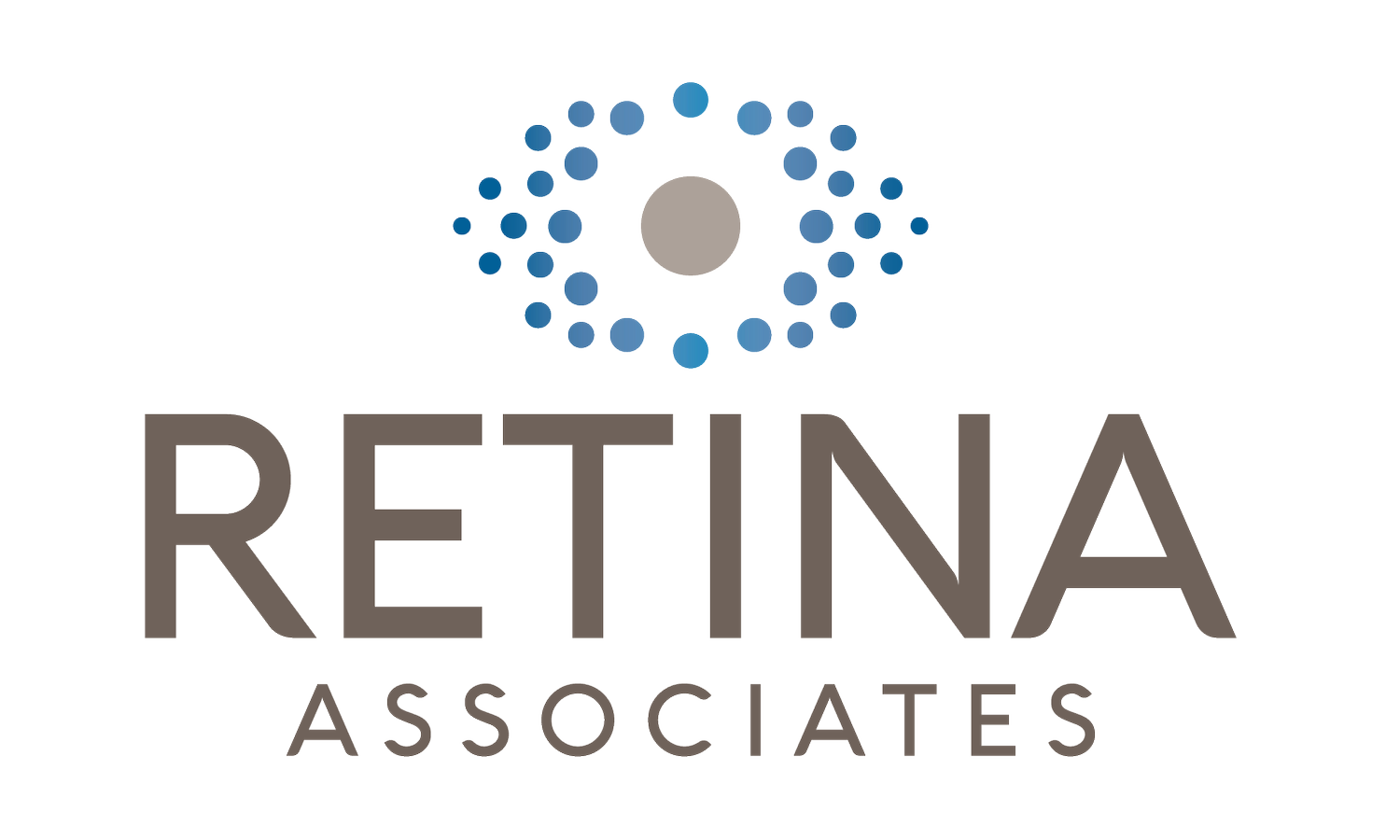Understanding Diabetic Retinopathy: Protect Your Vision!
Diabetic retinopathy is a serious complication of diabetes that affects the eyes. As diabetes becomes increasingly common, understanding the risks and management of diabetic retinopathy is crucial for protecting your vision.
What is Diabetic Retinopathy?
Diabetic retinopathy is a diabetes-related condition that damages the blood vessels in the retina, the light-sensitive tissue at the back of the eye. This condition can lead to vision loss if not managed properly. The retina needs a constant supply of blood to function correctly, and high blood sugar levels can damage the tiny blood vessels that nourish it, leading to diabetic retinopathy.
Stages of Diabetic Retinopathy
Diabetic retinopathy progresses through several stages:
Mild Nonproliferative Retinopathy: This early stage is characterized by small areas of swelling in the retina’s blood vessels. These areas, known as microaneurysms, may leak fluid into the retina.
Moderate Nonproliferative Retinopathy: As the disease progresses, the blood vessels that nourish the retina become blocked, depriving it of blood supply.
Severe Nonproliferative Retinopathy: More blood vessels become blocked, depriving large areas of the retina of their blood supply. These areas send signals to the body to grow new blood vessels.
Proliferative Diabetic Retinopathy: This advanced stage is marked by the growth of new, abnormal blood vessels in the retina. These vessels can leak blood into the eye, leading to severe vision problems, including blindness.
Risk Factors
Several factors can increase the risk of developing diabetic retinopathy:
Poorly Controlled Blood Sugar Levels: Consistently high blood sugar levels damage the blood vessels in the retina.
Duration of Diabetes: The longer you have diabetes, the greater your risk of developing diabetic retinopathy.
High Blood Pressure and Cholesterol: Both conditions can contribute to blood vessel damage.
Smoking: Smoking can exacerbate the damage to blood vessels and increase the risk of retinopathy.
Prevention and Management
While diabetic retinopathy can be serious, there are several steps you can take to prevent and manage the condition:
Control Blood Sugar: Keeping your blood sugar levels within your target range can significantly slow the onset and progression of diabetic retinopathy.
Regular Eye Exams: Early detection through comprehensive dilated eye exams is crucial. The earlier retinopathy is detected, the more effective the treatment.
Manage Blood Pressure and Cholesterol: Controlling your blood pressure and cholesterol can reduce the risk of developing retinopathy and other complications of diabetes.
Healthy Lifestyle: Eating a balanced diet, exercising regularly, and not smoking can help you manage your diabetes and protect your vision.
Stay Informed and Protect Your Vision
Maintaining a healthy lifestyle and getting regular eye check-ups are essential steps in protecting against diabetic retinopathy. If you have diabetes, it is crucial to work closely with your healthcare provider to manage your condition and monitor your eye health.
Disclaimer: This post is for informational purposes only and is not a substitute for professional medical advice. Always consult with a physician or qualified healthcare provider regarding your specific health needs.
